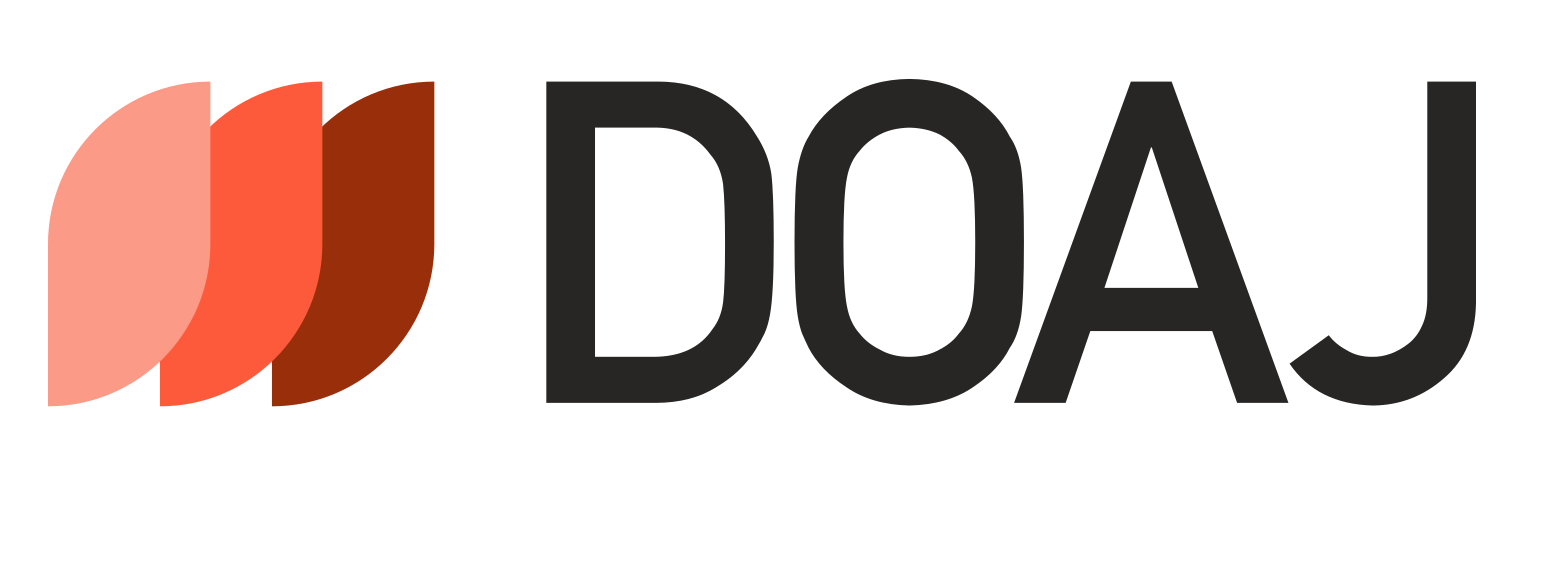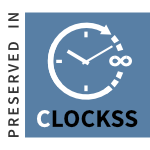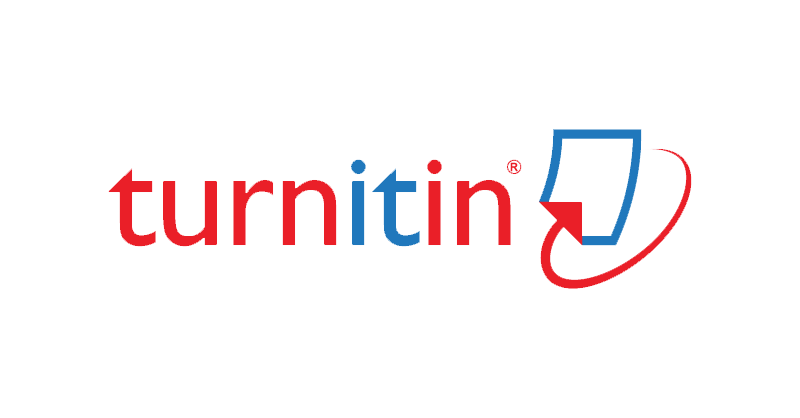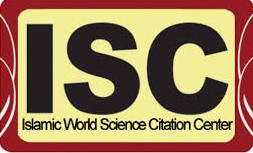The Mechanism for Estimating the Percentage of Illicit Gains in Financial Disclosure Declarations and Its Effectiveness in Protecting Public Funds: A Comparative Study
DOI:
https://doi.org/10.35246/k7bbe949Keywords:
Financial Disclosure Declarations, Protection of Public Funds, Illicit Gains PercentageAbstract
This research aims to demonstrate the impact of the mechanism for estimating the percentage of illicit gains in financial disclosure declarations on its effectiveness in protecting public funds. An effective mechanism must be established to fulfill its primary purpose — safeguarding state assets. To identify the optimal mechanism for achieving this objective, the study adopts an analytical approach to the legislative texts related to this subject in Iraq, in order to identify areas of weakness and deficiency. Additionally, a comparative approach is employed by examining the corresponding legislation in Egypt and Jordan. Specifically, the study compares Iraq’s Federal Commission of Integrity and Illicit Gains Law No. 30 of 2011 (as amended) with the relevant laws in Egyptian and Jordanian legislation.
Downloads
References
Legal Books:
I. Hassan Sadiq Al-Marsafawi, Law of Illicit Enrichment, Al-Maaref Establishment, Alexandria, 1982.
II. Dr. Abdul Salam Mohammed Salem, The Crime of Illicit Enrichment, New University House, Alexandria, 2017.
Theses and Dissertations:
I. Hussein Qasim Wahid, The Legal Regulation of Financial Disclosure, Higher Diploma Thesis, University of Baghdad, College of Law, 2018.
II. Ruqayyah Adel Hamzah, Crimes of Financial Disclosure in Iraqi Legislation: A Comparative Study, Master's Thesis submitted to the College of Law and Political Science, University of Basra, 2016.
III. Safaa Jabbar Abdul-Badeiri, The Crime of Illicit Enrichment in Iraqi Legislation: A Comparative Study, Master's Thesis submitted to the College of Law, University of Karbala, 2015.
https://www.unodc.org/romena/ar/uncac.html
IV. Ali Yasser Rakhis, The Provisions of the Crime of Illicit Enrichment and Its Judicial Applications, Research submitted to the Judicial Institute, 2013.
Research Papers and Articles:
I. United Nations Development Programme, The Crime of Illicit Enrichment according to the United Nations Convention against Corruption and Comparative and Iraqi Laws, Iraq, Al-Ins Printing and Publishing Company, publication year not stated.
II. United Nations Development Programme, Financial Disclosure, Iraq, Al-Ins Printing and Publishing Company, publication year not stated.
Legislations:
I. The repealed Illicit Enrichment at the Expense of the People Law No. (15) of 1958.
II. Jordanian Code of Criminal Procedure No. (9) of 1961, as amended.
III. Iraqi Penal Code No. (111) of 1969.
IV. Egyptian Illicit Enrichment Law No. (62) of 1975.
V. Law on the Discipline of State and Public Sector Employees No. (14) of 1991.
VI. Jordanian Anti-Corruption Law No. (62) of 2006.
VII. Integrity and Illicit Enrichment Commission Law No. (30) of 2011, as amended.
VIII. Jordanian Illicit Enrichment Law No. (21) of 2014.
IX. Syrian Illicit Enrichment Law No. (64) of 1958.
X. Palestinian Illicit Enrichment Law No. (1) of 2005.
Treaties:
I. United Nations Convention against Corruption, 2005.
Websites:
I. Article published on the official website of the Supreme Judicial Council of Iraq: https://www.hjc.iq/view
II. Muzila, Lindy and others, Criminalizing Illicit Enrichment to Fight Corruption, The World Bank, 2012. https://documents1.worldbank.org/curated/en
III. Criminalizing the Problem of Unexplained Wealth: Illicit Enrichment Offenses and Human Rights Violations, published on: https://papers.ssrn.com
IV. Criminalization of ‘Possession of Unexplained Property’ and the Fight against Public Corruption: Identifying the Elements of the Offense under the Criminal Law, published on: https://www.ajol.info
Downloads
Published
Issue
Section
License

This work is licensed under a Creative Commons Attribution 4.0 International License.
Copyright and Licensing:
For all articles published in Journal of Legal Sciences, copyright is retained by the authors. Articles are licensed under an open access Creative Commons CC BY 4.0 license, meaning that anyone may download and read the paper for free. In addition, the article may be reused and quoted provided that the original published version is cited. These conditions allow for maximum use and exposure of the work.
Reproducing Published Material from other Publishers: It is absolutely essential that authors obtain permission to reproduce any published material (figures, schemes, tables or any extract of a text) which does not fall into the public domain, or for which they do not hold the copyright. Permission should be requested by the authors from the copyrightholder (usually the Publisher, please refer to the imprint of the individual publications to identify the copyrightholder).
Permission is required for: Your own works published by other Publishers and for which you did not retain copyright.
Substantial extracts from anyones' works or a series of works.
Use of Tables, Graphs, Charts, Schemes and Artworks if they are unaltered or slightly modified.
Photographs for which you do not hold copyright.
Permission is not required for: Reconstruction of your own table with data already published elsewhere. Please notice that in this case you must cite the source of the data in the form of either "Data from..." or "Adapted from...".
Reasonably short quotes are considered fair use and therefore do not require permission.
Graphs, Charts, Schemes and Artworks that are completely redrawn by the authors and significantly changed beyond recognition do not require permission.
Obtaining Permission
In order to avoid unnecessary delays in the publication process, you should start obtaining permissions as early as possible. If in any doubt about the copyright, apply for permission. Journal of Legal Sciences cannot publish material from other publications without permission.
The copyright holder may give you instructions on the form of acknowledgement to be followed; otherwise follow the style: "Reproduced with permission from [author], [book/journal title]; published by [publisher], [year].' at the end of the caption of the Table, Figure or Scheme.











